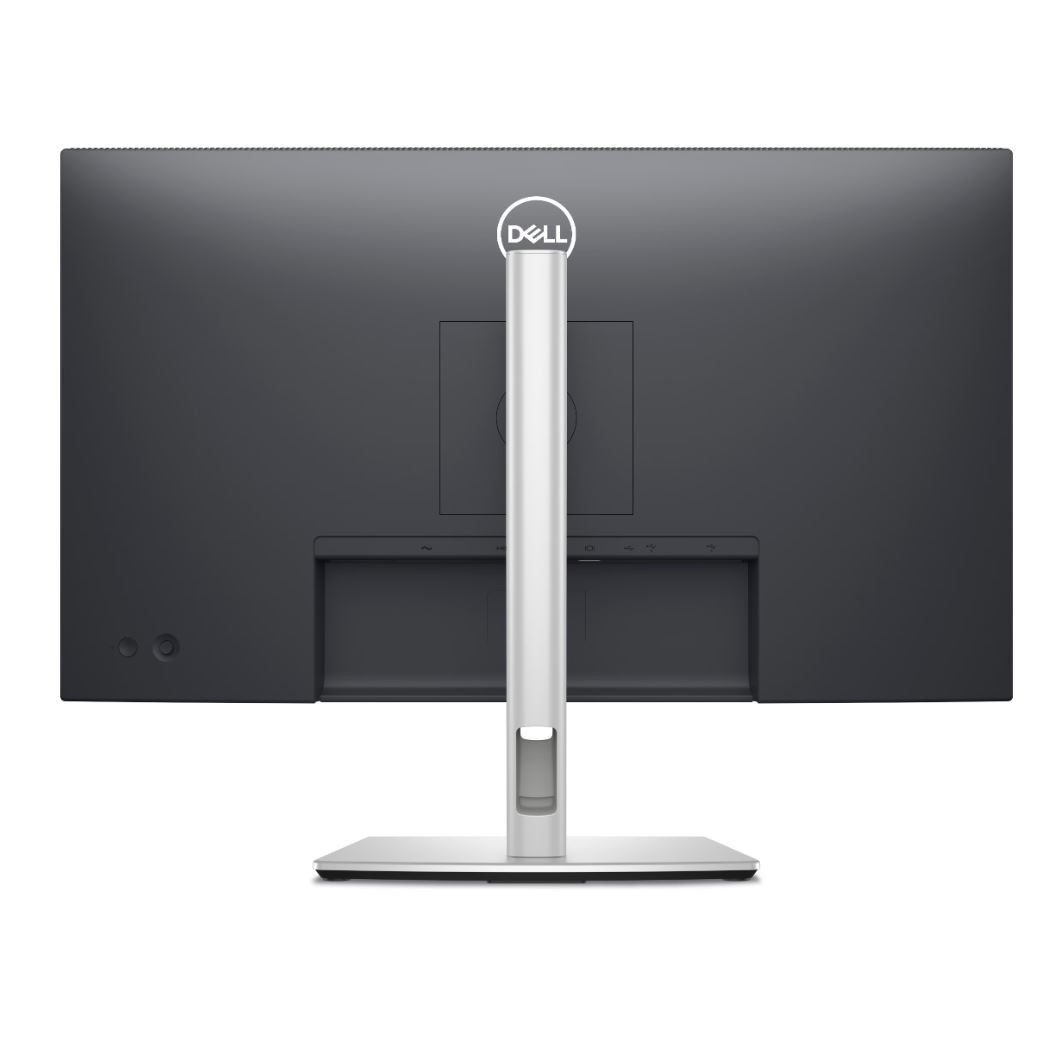



























£157.92*
- Resolution 1920 x 1080 Full HD
- Diagonal 27"
- Panel type IPS
- Refresh Rate 100Hz



Product information
Even easier on the eyes
Monitor with certified 4-star eye comfort
Improved ComfortView Plus function
This function reduces harmful blue light emissions to less than 35% without colour loss, so you can work comfortably all day long.
Refresh rate
The 100 Hz refresh rate ensures less flickering, more seamless scrolling and smoother movements.
Vibrant colours
Enjoy the comprehensive colour coverage with up to 16.7 million displayable colours of 99% sRGB.
Work with clear details
This ultra-thin bezel monitor offers a more generous screen area.
Colour consistency
In-plane switching (IPS) technology enables vivid colours across wide viewing angles.
Contrast ratio of 1,500:1
Enjoy deeper blacks and brighter whites.
Connectivity for more productivity
Connect your accessories via a variety of ports.
Extensive connectivity
Wide range of ports for all your accessories
Easily accessible USB ports
Includes USB-C downstream for up to 15 W power supply
Mounting compatibility
VESA-compatible accessories and sound bar
Improved Dell Display Manager
Improved multitasking
Keep your screen organised with EasyArrange and save profiles with EasyArrange Memory.
Smooth deployment
Manage your monitor fleet with automatic, comprehensive functions that are compatible with various tools.
Convenient customisation
Get quick access to your favourite functions via the menu launcher and hotkeys.
Technical data
| Name | Dell P2725H 27" IPS Monitor, 1920 x 1080 Full HD, 100Hz, 8ms |
|---|---|
| Article number | 1000032090 |
| GTIN/EAN | 5397184821749 |
| Manufacturer SKU | P2725H |
| EPREL ID | 1862987 |
| Model name | P2725H |
| Brand | Dell |
| Product Type | Monitor |
| Technology | LED |
| Panel type | IPS |
| backlight | LED |
| Resolution | 1920 x 1080 Full HD |
| Diagonal | 27" |
| Aspect Ratio | 16:9 |
| Viewing angle - Horizontal | 178° |
| Viewing angle - Vertical | 178° |
| Contrast Ratio | 1,500 :1 |
| Max. Brightness | 300 cd/m² |
| Response time | 8ms |
| Refresh Rate | 100Hz |
| Support - VESA | 100 x 100 |
| Inputs | 1x Displayport , 1x HDMI , 1x USB-B , 1x USB-C , 1x VGA , 3x USB-A |
| Product width | 61 cm |
| Product height | 35.47 cm |
| Product depth | 5.03 cm |
| Weight | 4.03 kg |
| Colour | Black |
| EEK Spectrum | A to G |
| Energy efficency class | D |
| Delivery contents | DisplayPort Cable , Power cable , Quick user guide , USB-A to USB-B cable , stand |
| Condition | New |
| Warranty | 24 Month |
| Warranty type | Bringin service Service and support information |
Product safety
| Person responsible for the EU |
|---|
| Dell GmbH |
| Main Airport Center Unterschweinstiege 10 |
| 60549 Frankfurt am Main |
| Germany |
| DE.CustomerSupport@dell.com |



